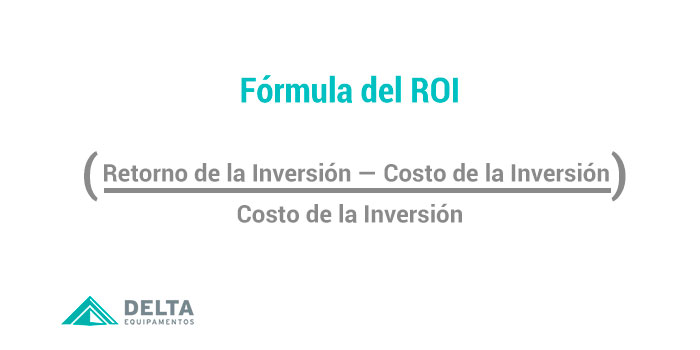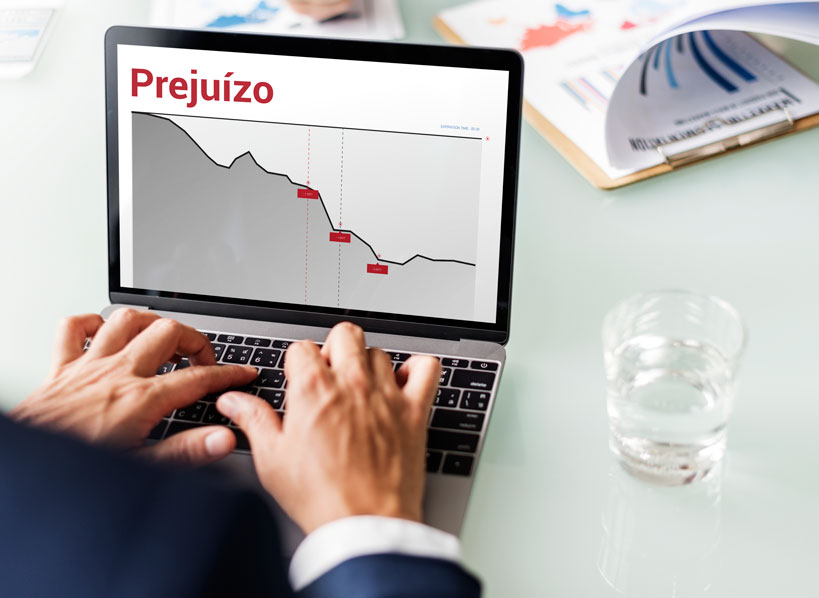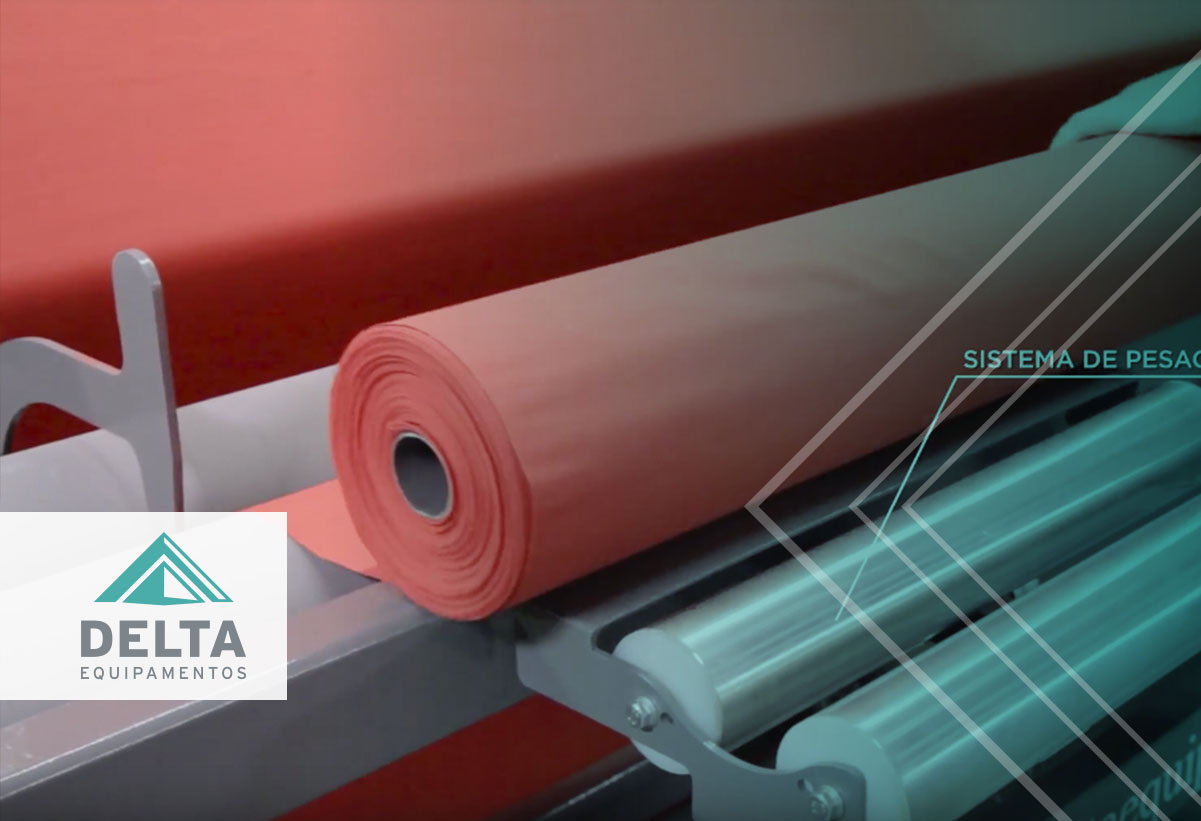Mesh roll ROI is one of the most important results that can be obtained from textile quality control.
Having accurate data on the Return on Investment (ROI) of the mesh roll ensures benefits such as identifying the best suppliers and standardizing textile production.
In addition to the use of mesh rolls with a better quality level, the ROI calculation contributes to reducing expenses so that the industry maintains financially sustainable operations.
But after all: What is ROI?
As the name suggests, Return on Investment is a metric used to measure the financial result of a given investment.
Calculating ROI will reveal what your industry gained (or lost) by investing money, time and other efforts in manufacturing a given product.
It points to the return of what was invested to the investor, in the form of benefits.
In the case of the ROI of the mesh roll, it is expected to cover the amount invested in the raw material (mesh roll) and generate the estimated profit, reaching the number of pieces per roll previously planned.
ROI is also usually treated as Rate of Return,( rate of return) Profit Rate or just Return.
How is mesh roll ROI calculated?
To calculate the ROI of the roll mesh, it is necessary to subtract the amount initially invested to acquire the raw material from the value of the profit obtained from the sale of parts manufactured with the roll mesh. And then divide the result again by the amount of the initial investment.

In the textile industry, after making the pieces, it is possible to evaluate whether or not the quantity resulting from a mesh roll is the same as what was planned.

When there is no efficient quality control of the mesh roll, problems are generated at various stages of production, in addition to costs that could be avoided.
An example of this control failure is the entry into stock of inputs of lower quality than negotiated with the supplier.
Another is when a clothing company chooses to purchase cheaper rolls of mesh.
This happens because the manufacturer agrees that it is possible to produce the same number of pieces as with more expensive rolls.
Importance of calculating ROI
Monitoring and controlling the ROI of the mesh roll allows important decisions to be made by the management of the textile industry.
Through regular Return on Investment data, it is possible to improve and optimize actions. It is also possible to adapt goals to real results, cut unnecessary expenses, increase sales and profits and stimulate teams.
+ Find out more: What is quality control? How does it work in the textile industry?
More advantages of having ROI data always at your disposal
To be competitive in the market, the industry needs to control all the information that surrounds it. Metrics such as ROI make it possible to monitor goals and performance. Everything in a detailed and strategic way.
Therefore, monitoring the Return on Investment is essential for the textile industry to be able to assess whether its own results are as expected.

Monitoring and controlling ROI is a basic need for the survival of any business. Especially in the current Brazilian scenario, which still records a drop in industrial activity.
Therefore, it is equally vital for the textile industry to maintain rigorous quality control that is capable of offering accurate data, such as the ROI of the mesh roll.
According to Sebrae, indicators such as ROI allow:
- Understand action priorities;
- Make an objective assessment;
- Make decisions based on data and concrete facts;
- Identify and eliminate losses;
- Monitor improvements in processes and results;
- Execute changes focused on results;
- Measure the degree of customer satisfaction.
Maintaining regular ROI monitoring also helps to:
- Map the main sources of positive results, from suppliers to the best type of part resulting from each roll of mesh;
- Measure the return time on investments, as each one has its own curve;
- Optimization of profit return.
Losses caused by the lack of management on the ROI of the mesh roll
Many industries do not usually calculate ROI. Therefore, they fail to assess whether they are achieving a return on their activities.

In the textile sector, interference with ROI can cause a chain reaction in production. Imagine a roll of mesh with excessive defects, such as holes, stains and other problems, it will probably be missing mesh already in the insert.
The consequence will be the need to use more mesh than the planned quantity. As a result, the Return on Investment will be lower.
If management does not usually calculate ROI, it will not even notice the snowball it is feeding.
Check out more problems generated by interference with the ROI of the mesh roll below:
- Lack of data on production capacity: If a clothing manufacturer is unaware of the amount of fabric it uses to manufacture a certain number of pieces, it also has no real control over its production capacity.
- Unnecessary purchases: If the demand for raw materials is not controlled, the company ends up buying more rolls of mesh than it really needs. However, it fails to identify that this results from the poor quality of the input sent by the supplier.
- Higher final cost: By purchasing a roll of lower quality mesh, the clothing factory will also produce second quality pieces. They will have the same production cost, however, the market price will be much lower than that of standard parts.
+ Find out more: How to modernize quality control in manufacturing?
How to Ensure Mesh Roll ROI
One of the forms of quality control in the textile industry is the care given to preparing the fabric.
The process begins with an initial inspection of the mesh rolls. At this stage, some samples of the raw material received will be evaluated.
The investigation will consider what was agreed during the purchase and is set out in the technical sheet:
- Grammage;
- Tone;
- Shrinkage;
- Width;
- Weight.
At the end of this work, if the quality of the fabric fails, the roll of mesh must be returned to the supplier. If the mesh passes inspection, it goes to the next step, which is sample washing.
+ Find out more: Textile quality control and mesh preparation
Washing samples with the right equipment also generates ROI
Sample washing must be done in equipment developed for this purpose, such as the Delta Equipamentos Industrial Sample Washer.
Unlike conventional washers, this Industrial Washer 4.0 reduces waste of materials and time.
With it, you can test 5 samples (each from a roll of mesh) measuring 20 centimeters, in 15 minutes. While a domestic washing machine takes an average of 3 hours to perform the same operation.
Furthermore, the Sample Washer also replaces the traditional dryer, as it washes, centrifuges and dries the samples.
Mesh Roll Data Survey
It is the third phase of inspection of a roll of mesh. Here more comprehensive assessments will be carried out, such as the amount of sampling inspected.
The process becomes more efficient with the use of another Delta equipment, the REV 150 Reviser. It helps in defect analysis and classification of mesh rolls.
With the help of this machine, your operator can:
- Qualify;
- Quantify;
- Generate a defect map, with the analysis of the compromise of the useful area of the mesh;
- Analyze physical quality standards per roll.
It is important to highlight that all mesh rolls must be previously evaluated, to establish when they need to be relaxed or not.
Furthermore, the inspection process must take place regardless of the production volume.
Do you want to know more about Delta Equipamentos solutions to increase your ROI in the textile industry? It’s talking to a consultant.



